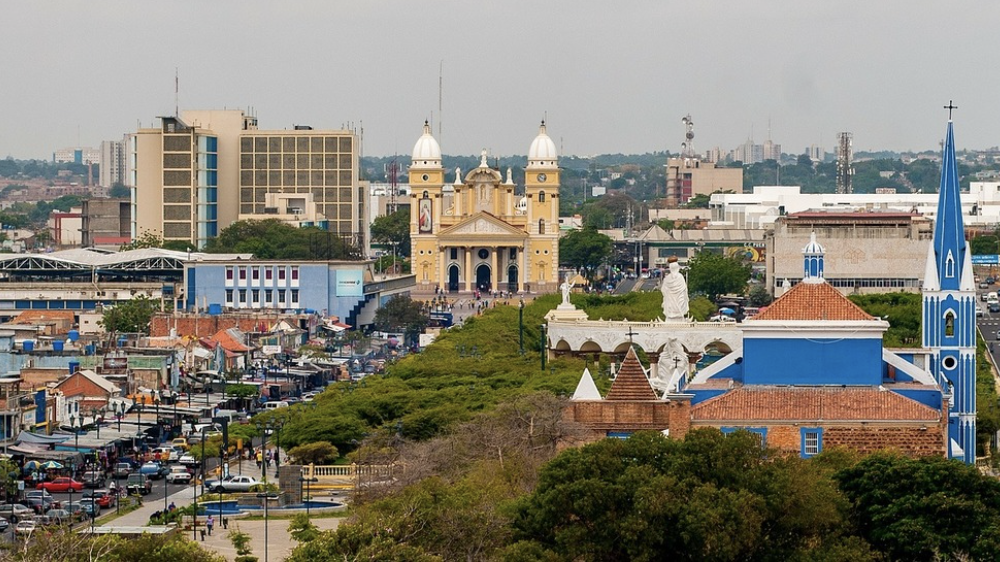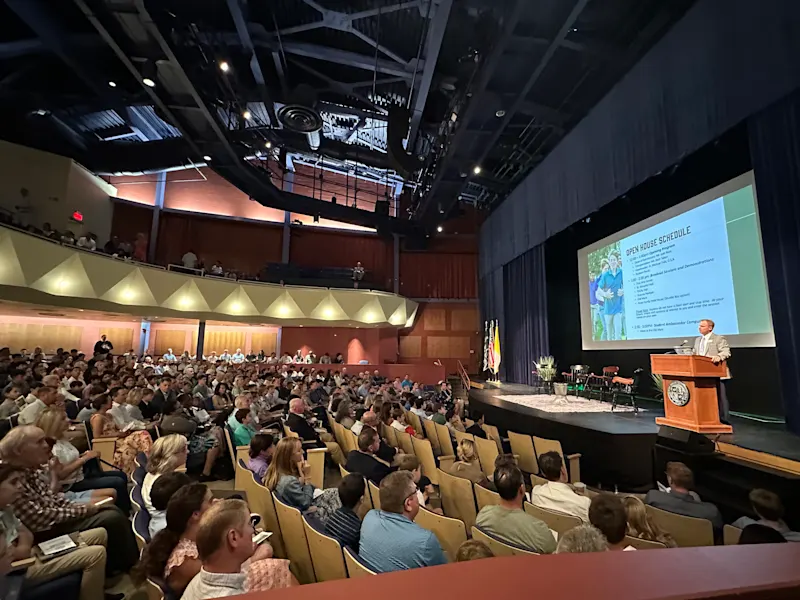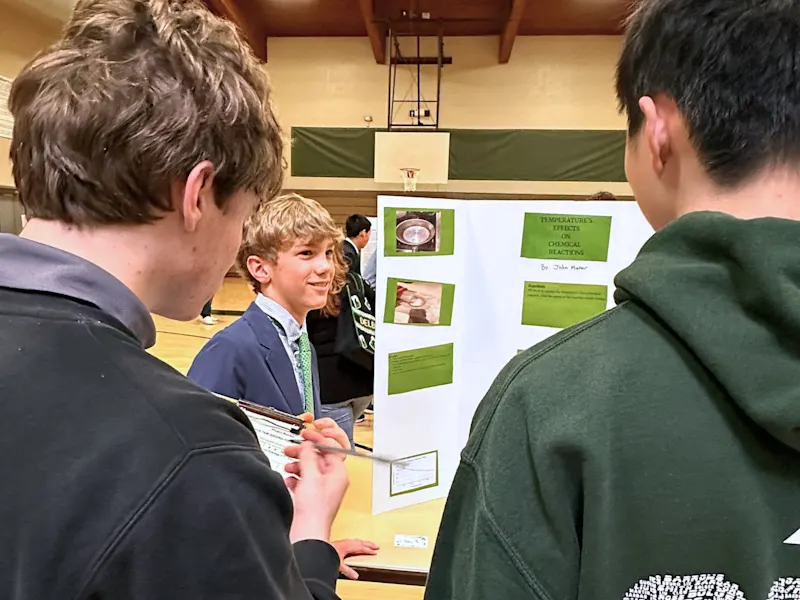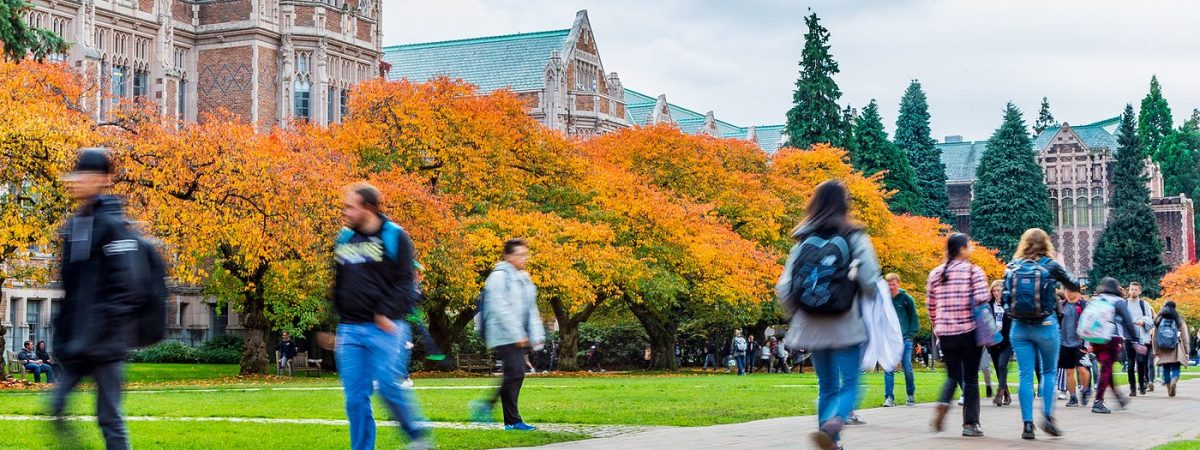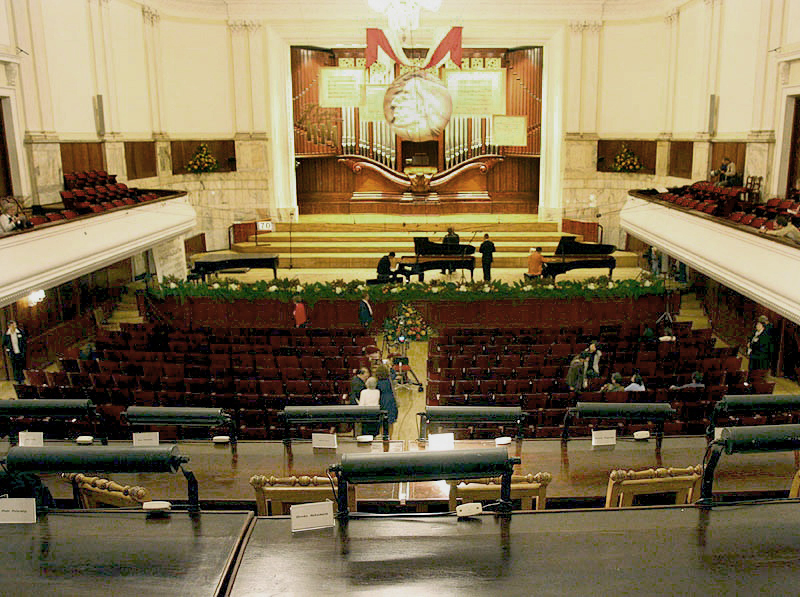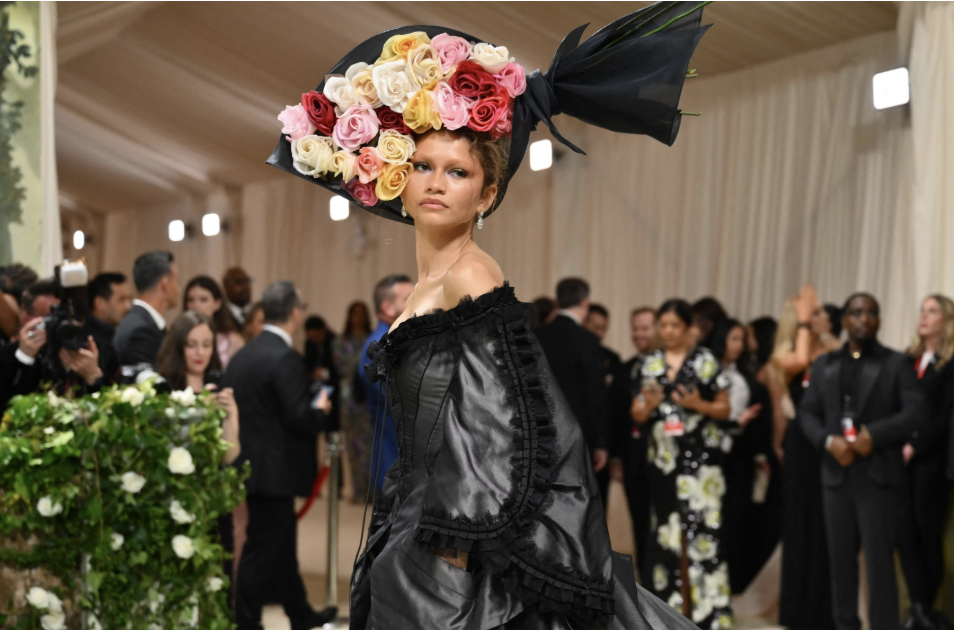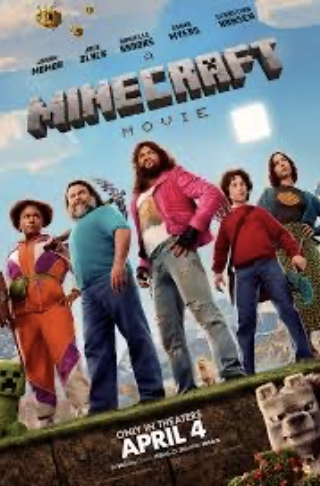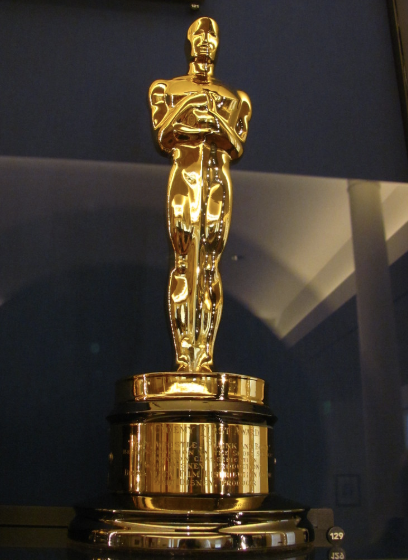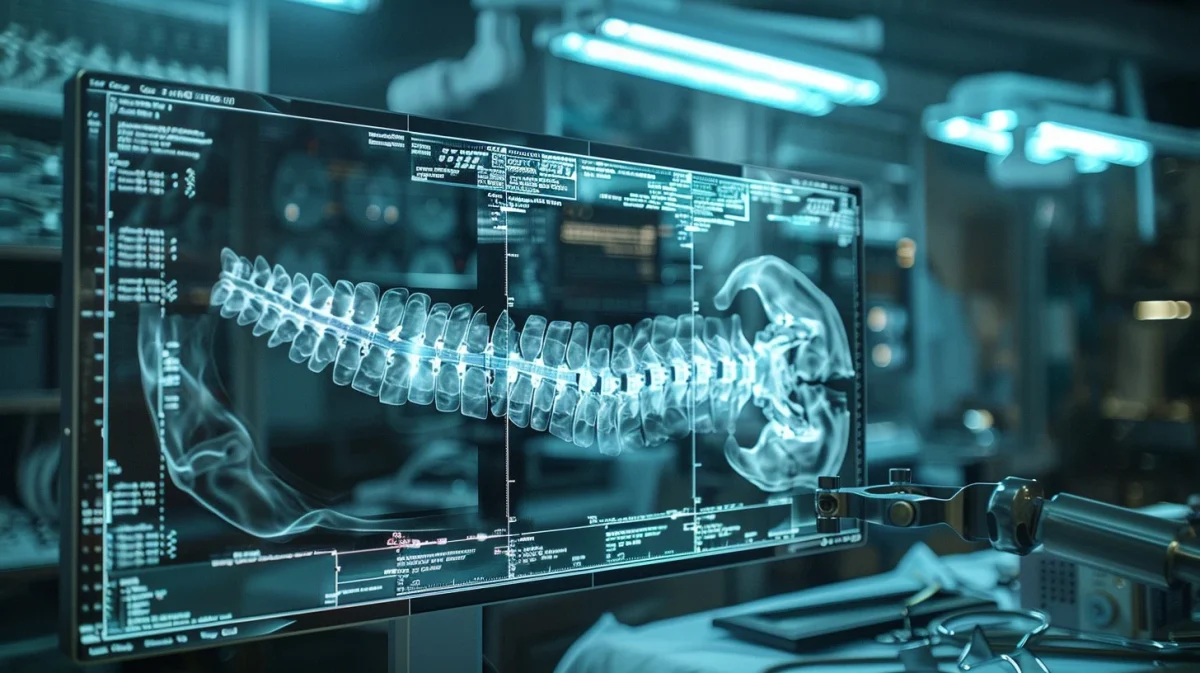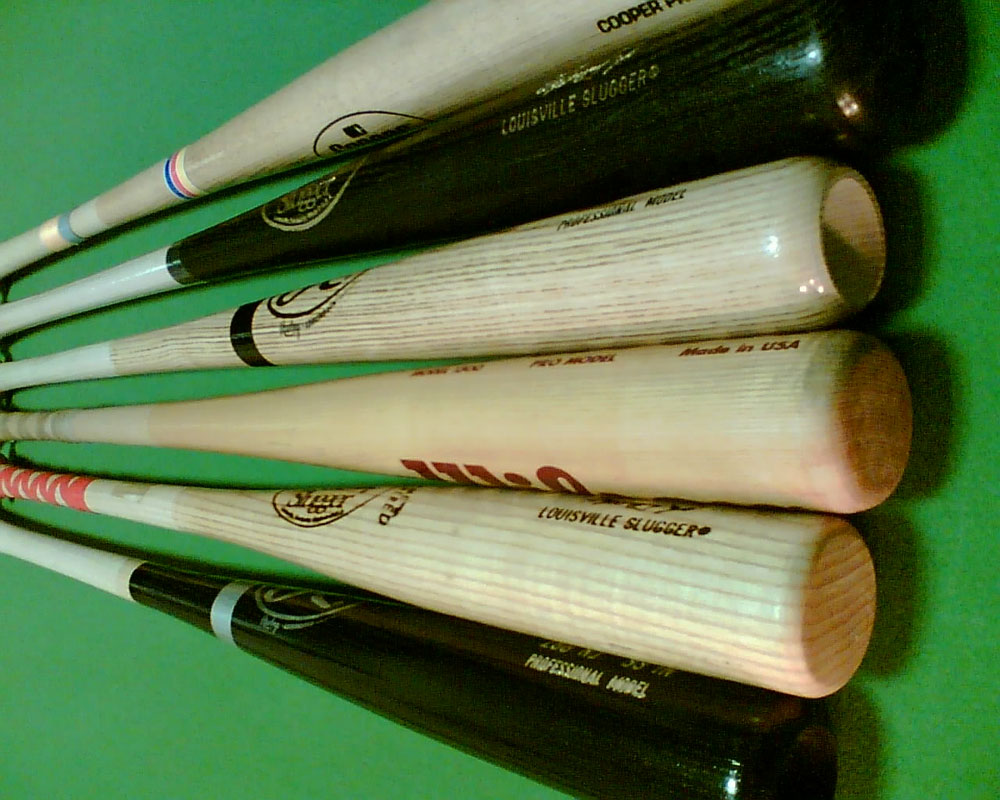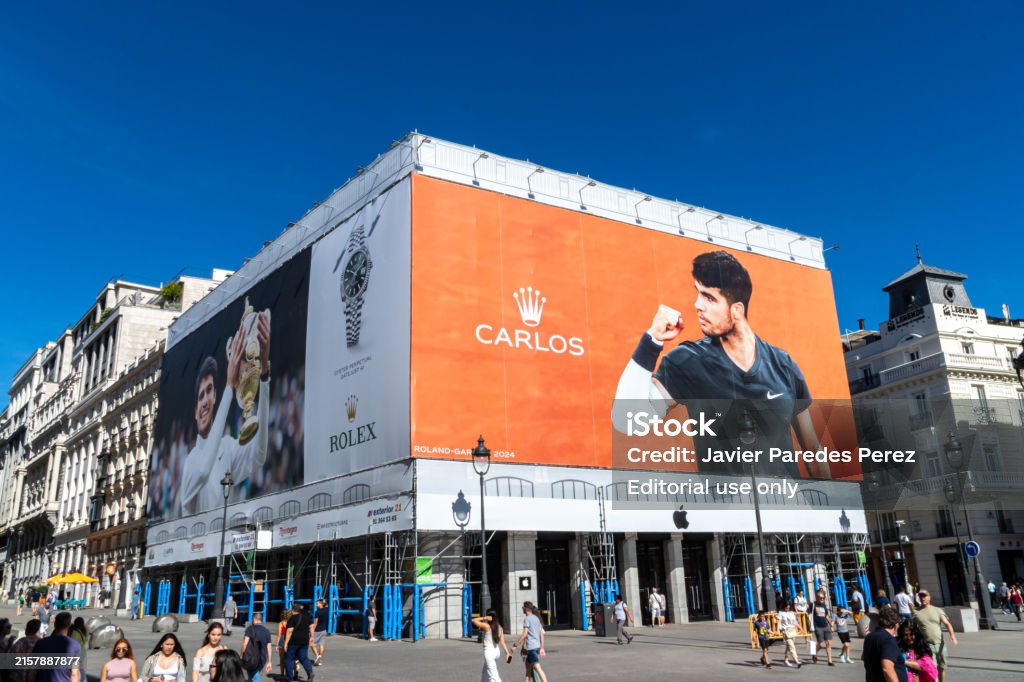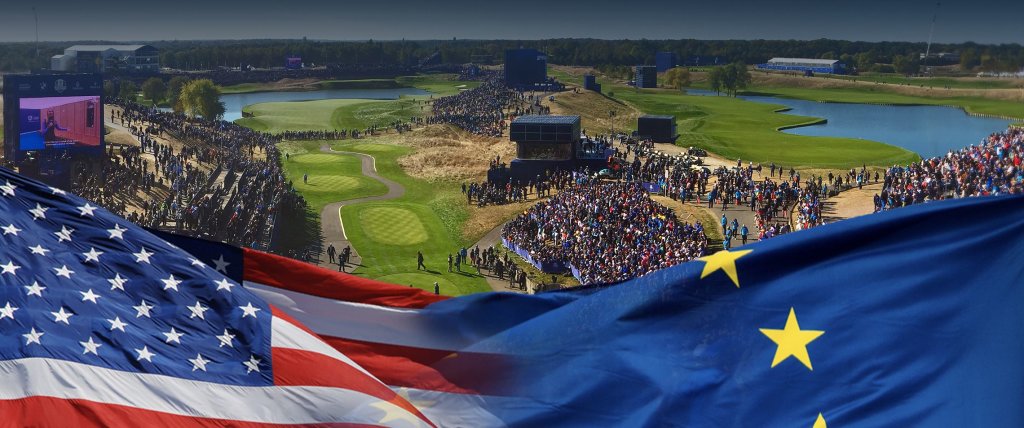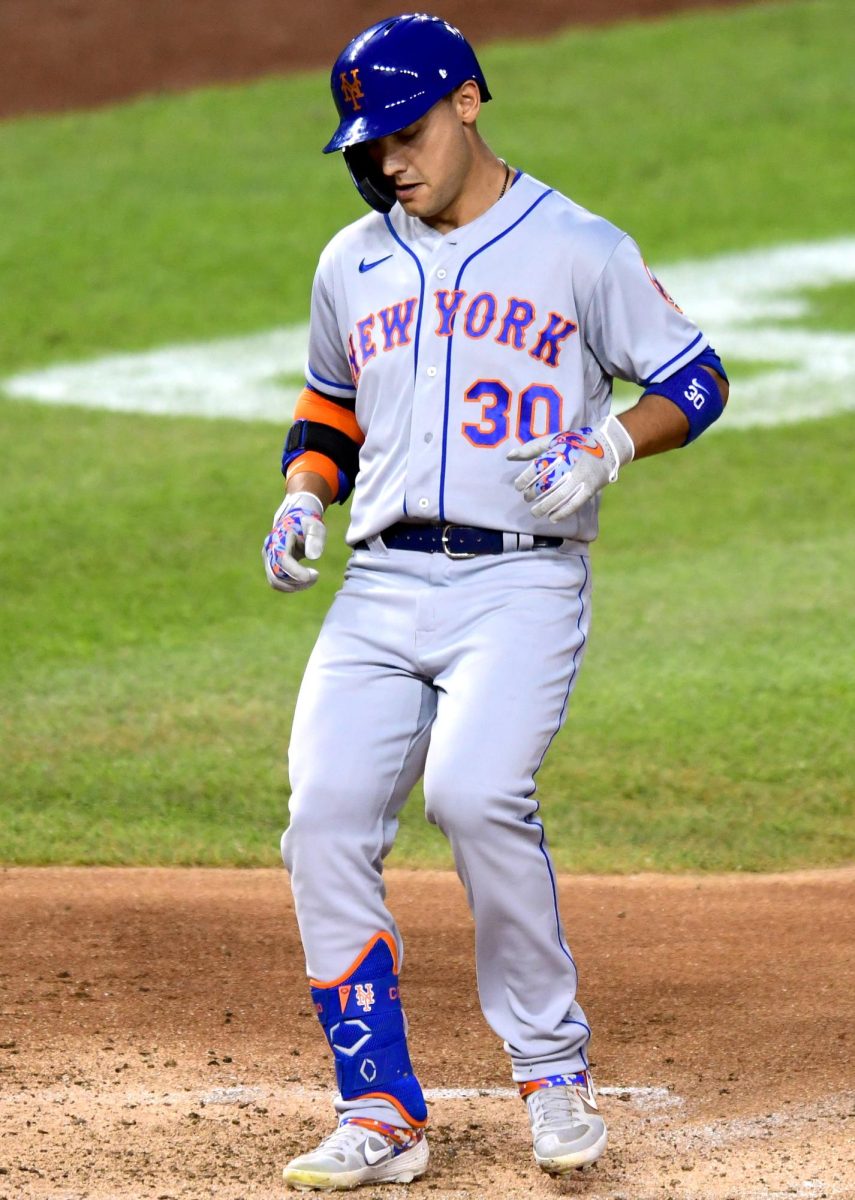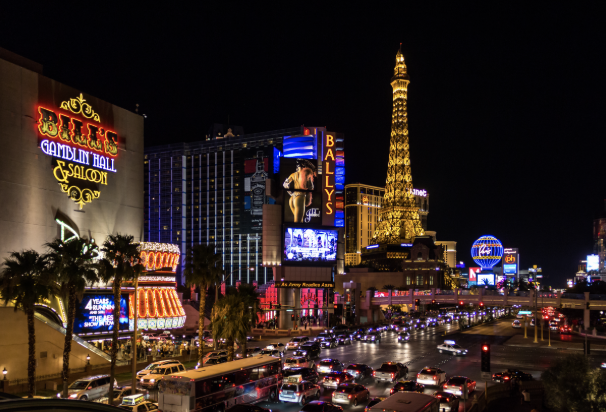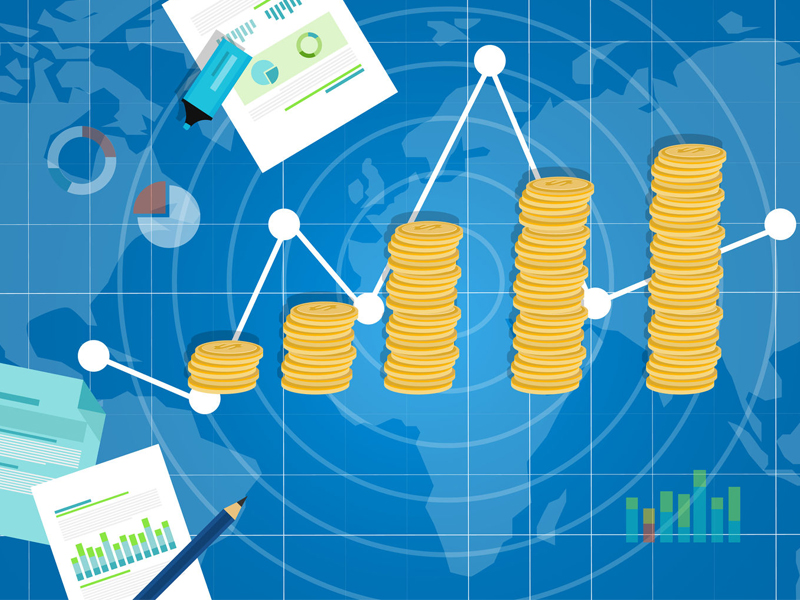The Goldilocks Economy
NOT an Economic Fairy Tale-
February 7, 2023
Today when investors look at the stock market, they see a jumbled mess of rapid ups and downs dating back to when the COVID-19 pandemic hit. However, there are many simple answers to the many complex problems that confront us when we look deeper into the economy.
Some experts have thrown around the term “Goldilocks Economy” to represent a perfect balance between inflation, interest rates, and unemployment. First of all, inflation is caused when a currency depreciates in value, meaning one dollar today is worth less than one dollar yesterday. Though we don’t bdiscuss it very often, inflation is a natural phenomenon in economics and happens even when the economy is at its most stable resulting in about a 1-2% inflation rate per year. However, in the past two years, inflation has exploded, rising at a rate of 7% in 2021 and 6.5% in 2022. These numbers are historically high and represent signs of a possible recession. The economic definition of a “recession” is when the GDP (Gross Domestic Product) of a country is negative for two consecutive quarters. A recession usually means a crash in the stock market which we have seen recently as the S&P 500 is down 16% from its high in August, 2020.
Although it may seem like inflation is unstoppable and will kill the economy, that brings up the second part of the “Goldilocks Economy”: interest rates. The goal of interest rates is to curb inflation. Now you might ask how would raising interest rates on loans decrease inflation for the entire country? Well, it starts with big spending. Most people, specifically the middle-class citizens who drive the economy, take out large loans when they make large purchases like houses or cars. Therefore, if the federal reserve raises interest rates, then consumers will be discouraged from buying larger items. Therefore, companies will have to work to lower the prices of their goods so that consumers will buy them again, therefore interest rates effectively lower inflation.
Now how does unemployment affect inflation and interest rates? Well, during periods of high inflation, unemployment is also high as companies have to spend more for their goods and services, therefore they have to raise wages which causes layoffs. However, when high interest rates cool off inflation, companies hire employees again for cheaper prices to lower the price of their goods. Therefore, the perfect trifecta of inflation, unemployment, and interest rates can successfully make a market not too hot nor too cold. For example, after the 2008 financial crash, the stock market increased by 360% from 2009-2020. This was a “goldilocks period” where companies reported high earnings and were able to pay their employees well who would then spend their money on goods and services, improving the market in general. This equilibrium, however, proved to be too hot and as a result, the market crashed when COVID shut down the economy.
Therefore, it is very hard to achieve a perfect Goldilocks Economy.
